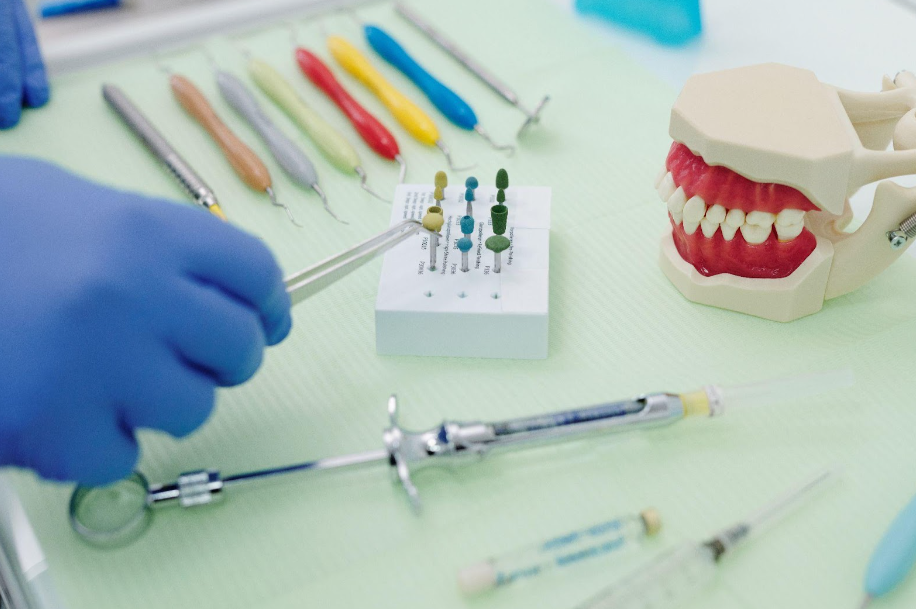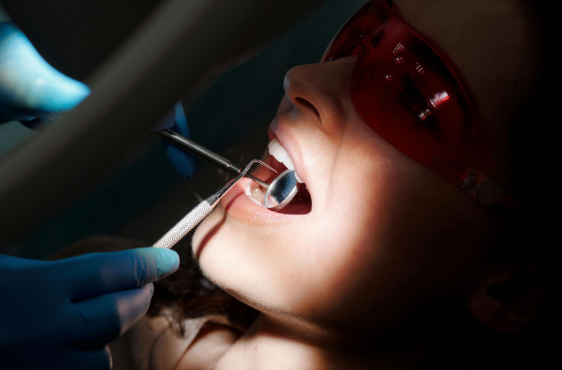Gateway Family Dental Blog
Understanding Dental Bridges: How They Work and Why You Need One

Losing teeth can have a significant impact on your smile's appearance while also causing functional issues. It may also have a negative impact on your self-esteem. Fortunately, dental bridges are a reliable and popular solution for this. They offer a range of benefits, from improving your appearance to enhancing your ability to chew and speak comfortably.
Read on to learn why dental bridges are a vital solution for individuals with missing teeth.
The Basics of Dental Bridges
Dental bridges are prosthetic devices that literally "bridge" the gap created by missing teeth. A dental bridge consists of one or more artificial teeth (known as pontics) anchored by dental crowns on either side. These crowns are placed on the adjacent teeth, also known as abutment teeth, to support the bridge. Dental bridges are custom-made to match the color, size, and shape of your existing teeth, ensuring a natural-looking and seamless fit.
Types of Dental Bridges
Here are the main types of dental bridges:
Traditional Dental Bridges
The most common type, traditional dental bridges, involves creating crowns for the teeth on either side of the gap and placing a pontic between them. This classic approach is suitable for individuals with healthy adjacent teeth and a single missing tooth or a few missing teeth in a row.
Cantilever Dental Bridges
A dentist may prescribe this type of bridge when only one adjacent tooth is available for support. The pontic is attached to the abutment tooth on one side, providing a functional solution for those with a missing tooth at the end of a dental arch.
Maryland Dental Bridges
Also known as resin-bonded bridges, Maryland bridges use a metal or porcelain framework to support the pontic. They are bonded to the back of the adjacent teeth with minimal alteration to the natural tooth structure, making them a conservative option.
Implant-Supported Dental Bridges
In cases where multiple teeth are missing in a row, implant-supported dental bridges are an excellent choice. Dental implants are placed in the jawbone to support the bridge, offering stable and long-lasting results.
How Dental Bridges Work
Getting a dental bridge involves multiple steps, starting with an initial consultation with your dentist.
Here's a step-by-step breakdown of the dental bridge procedure:
Examination and Planning
During your first visit, the dentist at Gateway Family Dentistry will thoroughly examine your oral health and take X-rays to assess the condition of your remaining teeth and jawbone. You may also have to share your dental history, relevant medical conditions, and preferences.
Tooth Preparation
The abutment teeth on either side of the gap need to be reshaped to create room for the dental crowns that will hold the bridge in place. The dentist may carefully remove a small portion of the enamel to accommodate the crowns securely.
Impressions and Temporary Bridge
After reshaping the abutment teeth, your dentist will take precise impressions of your teeth. These impressions serve as a guide for the dental laboratory to fabricate a custom bridge. You may get a temporary one to protect the exposed teeth and maintain aesthetics until the permanent one is ready.
Bridge Placement
Once your permanent bridge is ready, you'll return for its placement. The dentist will check the fit, color, and bite before cementing the bridge with a strong dental adhesive.
Why You Might Need a Dental Bridge
Here are some reasons why you might need a dental bridge:
Restoring Oral Function
Missing teeth can hinder your ability to chew and speak properly. Dental bridges help restore these essential functions, allowing you to enjoy a varied and nutritious diet while confidently communicating.
Maintaining Facial Structure
The loss of teeth can lead to the deterioration of the jawbone and changes in facial appearance. Dental bridges support the adjacent teeth, preventing them from shifting and preserving your natural facial structure.
Improving Aesthetics
Dental bridges replace missing teeth and enhance your smile's aesthetics. The custom-made prosthetic seamlessly blends with your existing teeth, creating a beautiful and natural-looking result.
Preventing Dental Complications
Gaps left by missing teeth can make adjacent teeth more susceptible to shifting and misalignment. A dental bridge acts as a barrier, preventing these unwanted changes and safeguarding your oral health.
Boosting Confidence
With a complete and attractive smile, you'll feel more confident in social and professional settings. Dental bridges can significantly improve self-esteem and quality of life.
Are you ready to take the first step towards a more confident and radiant smile? Experts at
Gateway Family Dentistry provide a range of
dental services like dental bridges, implants, sedation, and general family dentistry. Beautiful, healthy smiles don't have to be difficult or scary to achieve and we will help you with this.
Get an appointment with us today!




